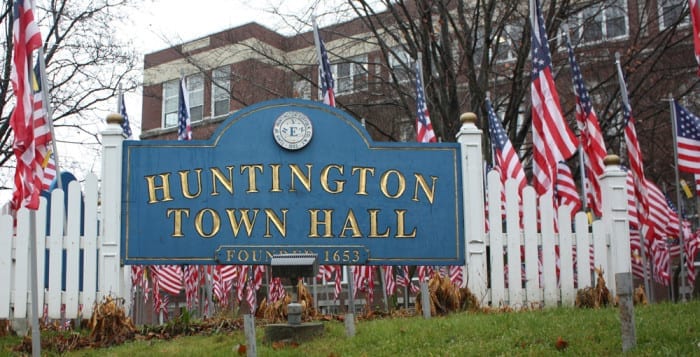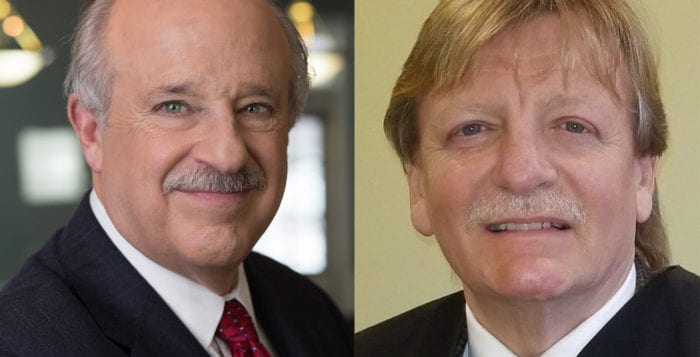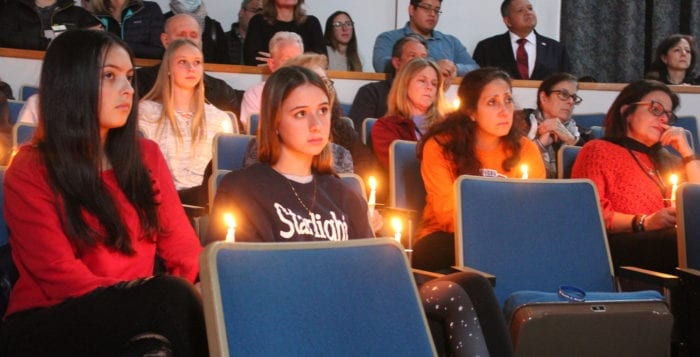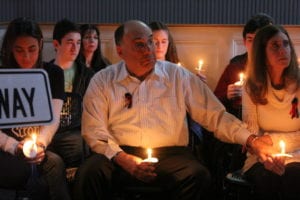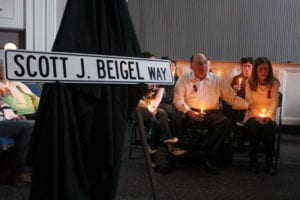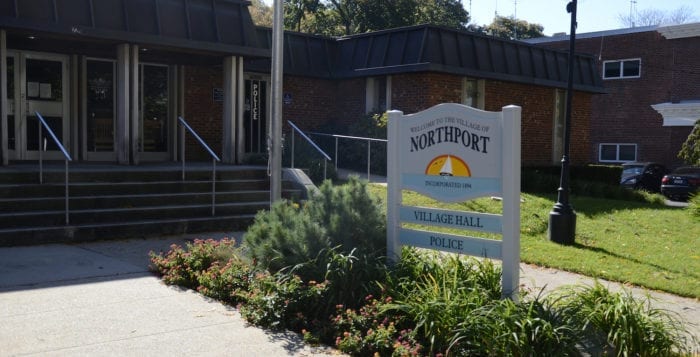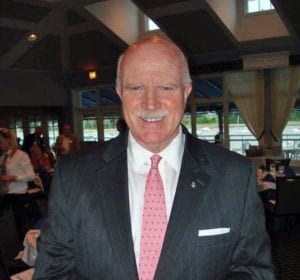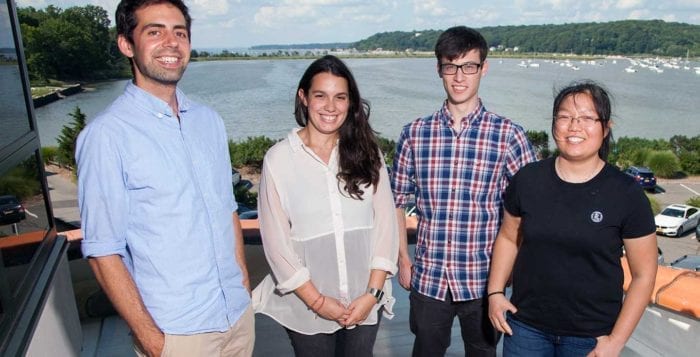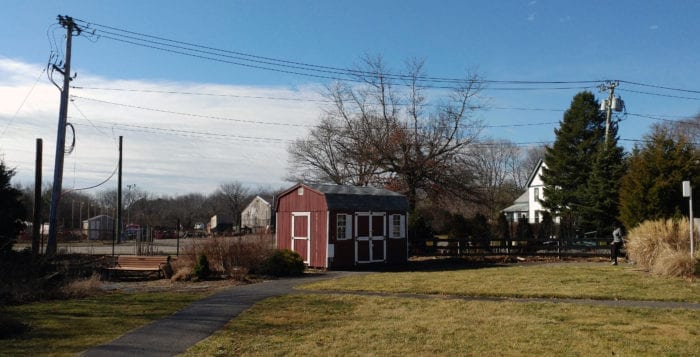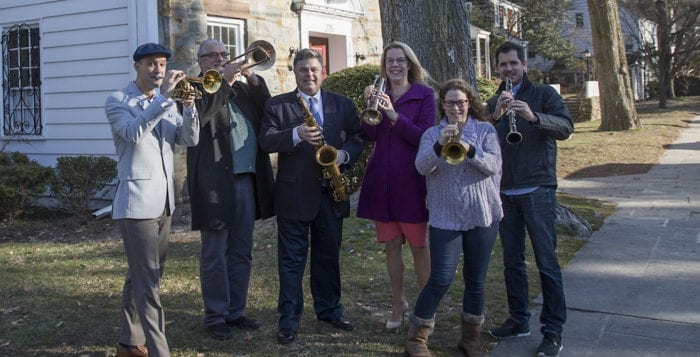The organizers of the Huntington’s school shooting protest have announced a change of location after storms blanketed the area in more than a foot of snow.
The March for Our Lives Long Island event scheduled for March 24 at Heckscher Park will be relocating across the street to Huntington Town Hall, according to student organizers. The event’s website read: “due to the severe winter storm and resulting bad grand conditions expected on Saturday the location of the event has changed.”
Huntington Town spokeswoman Lauren Lembo said town officials had safety concerns regarding the use of Heckscher Park for the rally, due to large number of people attending, multiple entrances to the park and potentially muddy fields. By comparison, there are only two entrances to the town parking lot on Irwin and Jackson streets.
“The town supports the First Amendment rights of the students to assemble and speak their minds on this national matter,” she said on behalf of town officials.
The student organizers have filed the proper paperwork and received permits to host the rally on town property, according to Lembo.
The Huntington event is being held in conjunction with the Washington, D.C., march to show solidarity with the Parkland, Florida, shooting survivors and “demand that our lawmakers make gun reform a top priority to end this cycle of gun violence in our schools and our communities at large,” the organizers’ website reads. It will feature students speakers and local residents who lost loved ones in the Marjory Stoneman Douglas High School shooting.
Participants and those following the events are promoting use of the hashtag #NeverAgain. As of March 22, the event’s Facebook page shows more than 900 individuals are stating they will attend.
Are you attending Huntington’s March For Our Lives March 24? Tweet us @TBRNewsMedia with your thoughts and photos.

